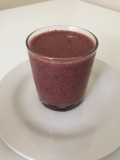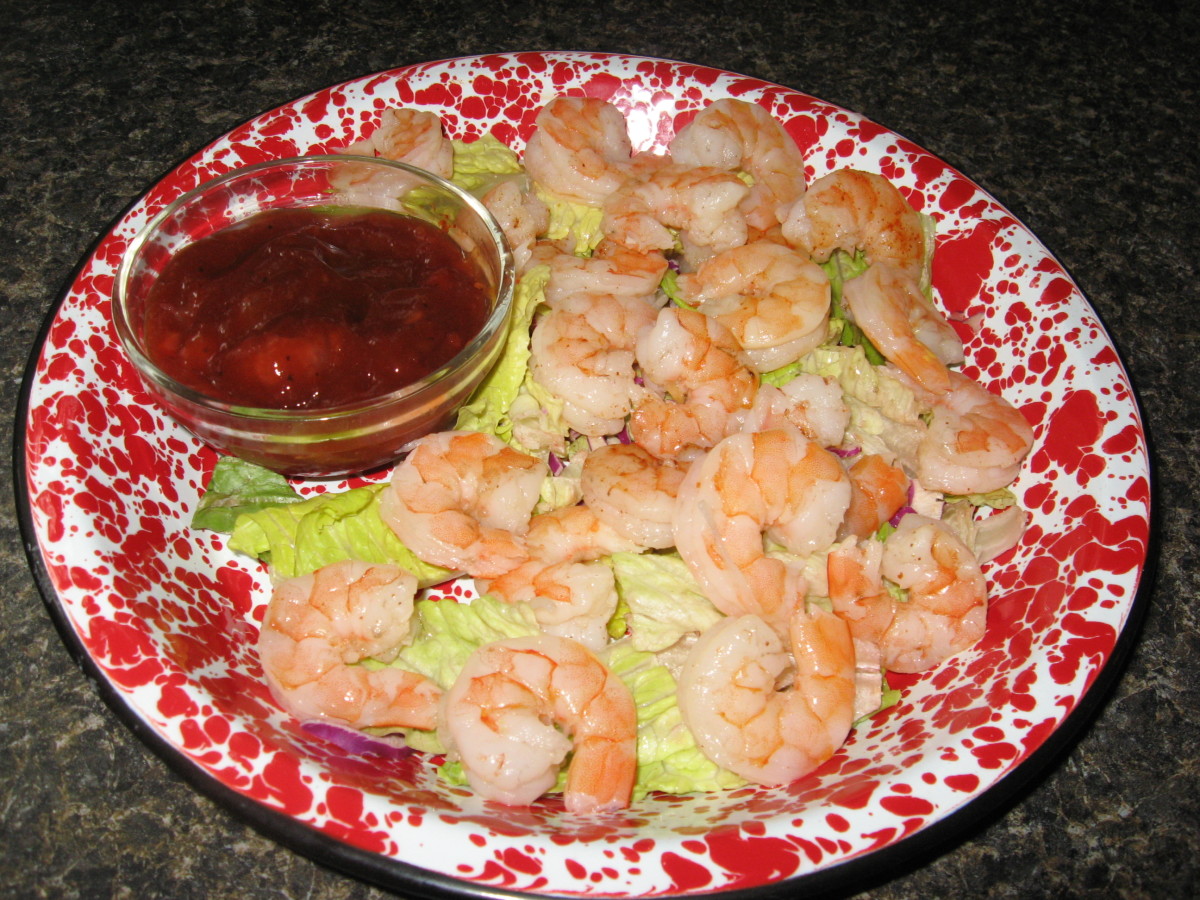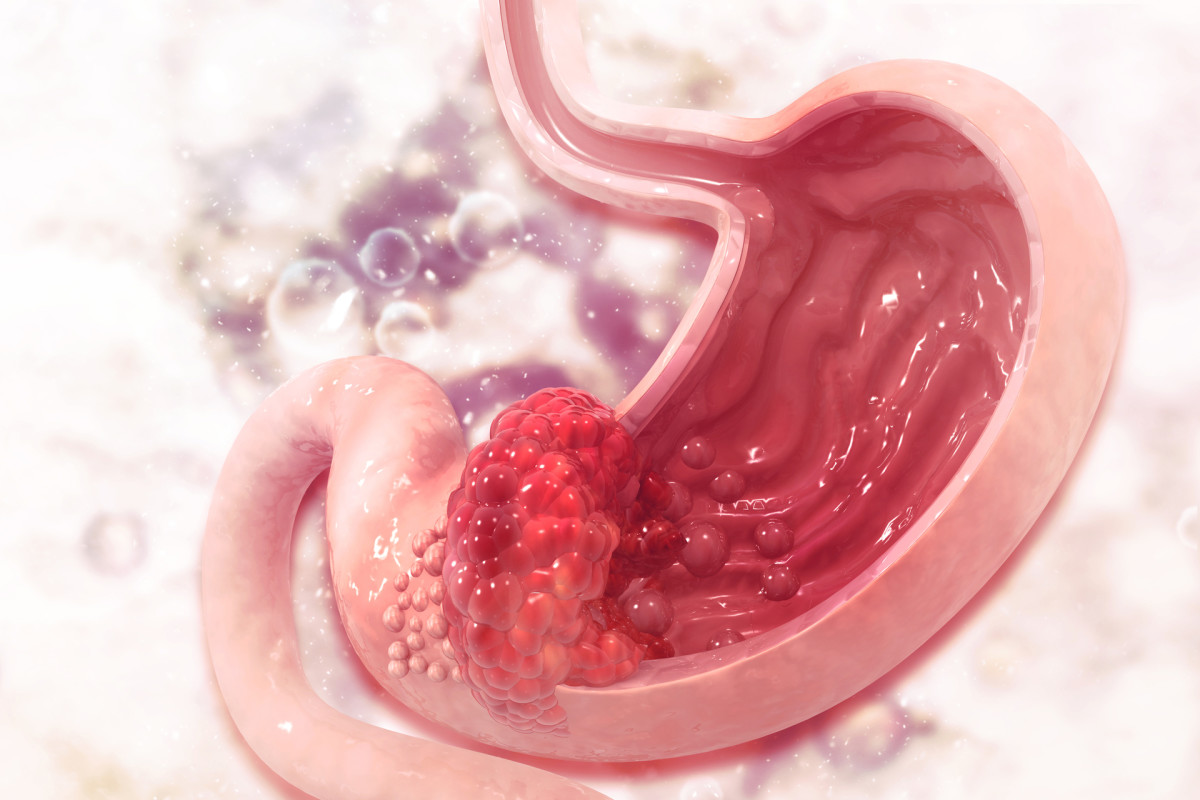Inflammation: The Good, The Bad and The Ugly

Inflammation: What is it?
Inflammation is a term that has developed somewhat of a bad reputation. The classic signs and symptoms of acute inflammation are as follows; tumor, rubor, calor, dolor and functio laesa. In english this translates to swelling, redness, heat, pain and loss of function. Inflammation has been discussed in the media at length recently. Conflicting ideas surrounding inflammation can be confusing. Hopefully what's discussed next will clear some things up.
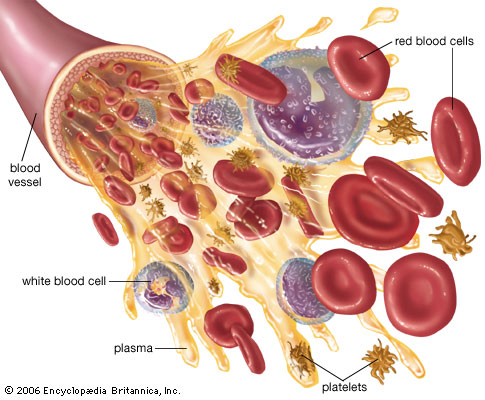
Inflammation: The Good
Inflammation is generally viewed as a bad thing, but it doesn’t start out as such. In reality, inflammation exists for our survival. When our immune system senses a ‘foreign body’, which is interpreted as a threat, it responds by activating an alarm system. This alarm system is also known as the inflammation cascade. The human body has evolved so much so that is has a constant patrol watch 24/7. There are cells in the bloodstream floating around watching out for any substance it feels may be a danger. If it comes into contact with a potential threat, it sends messages to other cells to come and destroy the invading substance. It is because of this alarm system that we are not aware of most of the substances and/or organisms which bombard our bodies on a daily basis.
Inflammation: The Bad
Once the stimulus (whether it be chemical, bacterial, viral etc.) of the inflammatory cascade is gone, the inflammation is supposed to dissipate until another foreign substance is detected. Problems arise when, for various reasons, the inflammation does not fade away but stays and becomes chronic inflammation. The very cells and chemicals that are made to protect the body then become toxic. We are not meant to stay in an inflamed state. Its purpose is only to protect us from the outside world. If it stays on, it turns against us and things can get ugly.
Inflammation and Cancer
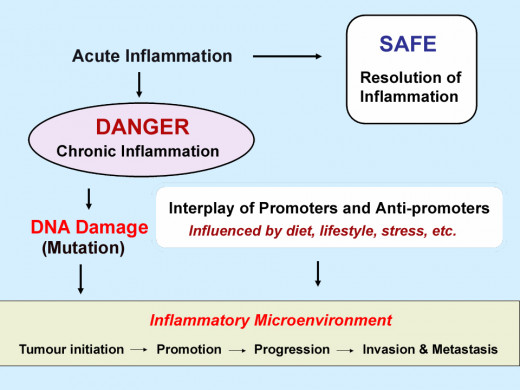
Diseases of Chronic Inflammation
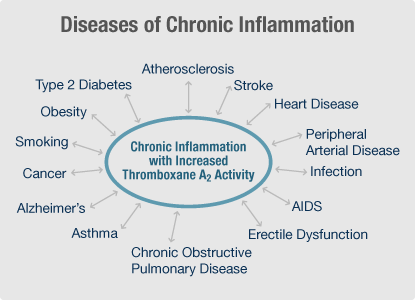
Inflammation: The Ugly
So what? If we have chronic inflammation, we’ll have constant protection right? This is not the way the body works. When the body is sick or recovering from a serious injury, it takes a lot of energy to heal. Even a simple cold can keep someone in bed for days. The energy being used to cure whatever ailment we have takes away from that which we need to grow. Cells all over the body are dying off and new ones grow in their place every day. The energy needed to keep the inflammation going will take away from that which we need just to live.
Energy zapping isn’t the only consequence and unfortunately not the most serious either. Chronic inflammation has also been shown to lead to a heightened sensitivity to pain. Reichling et al. (2009) performed a study in which they discussed a phenomenon called “hyperalgesic priming”. It basically means that nerves can develop a hypersensitivity to inflammatory substances. This in turn leads to a lower pain threshold and can present as conditions like fibromyalgia, rheumatoid arthritis and other inflammatory conditions. In a study done by Gonda et al (2009), it was noted not only that chronic inflammation precedes many cancers but it also plays a role in all three stages of cancer. It also contributes to the progression of autoimmune diseases through activating various pro-inflammatory cells and chemicals.
Dr.Weils Anti-Inflammatory Food Pyramid
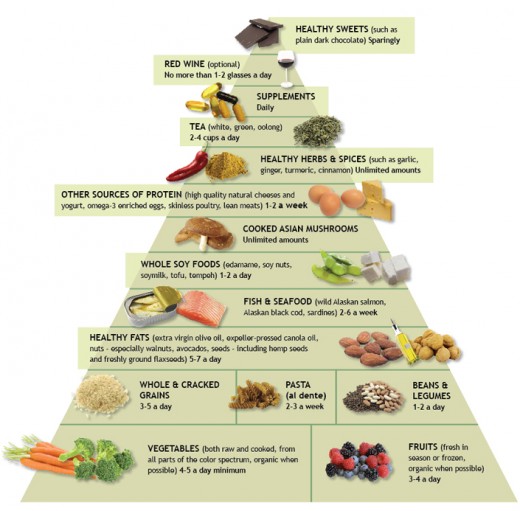
Reducing Inflammation
If you suspect yourself to be suffering from chronic inflammation you may experience the following symptoms; fatigue, headache, weight gain, acne, upset stomach, joint pain and aches and feeling of bloating. For most people, following an anti-inflammatory diet can help alleviate many of these symptoms.
Shown above is Dr. Weil's anti-inflammatory food pyramid. In my opinion, whole grains and pasta should be higher on the pyramid or not present at all. Clinically, I have found that many people have a gluten sensitivity and therefore can't eat grains. This food pyramid, however, is an great guide to get started on eating healthier.
All foods consumed should be fresh and organic. Organic foods are expensive and it's understandable if they're not affordable, but every attempt should be made to avoid processed foods. A good general rule of thumb is to avoid the center aisles in the supermarket. Those boxed foods tend to contain preservatives which contribute to inflammation and as a whole their nutrition value is less than fresh foods.
There is also supplementation that can help. Omega 3 oils are well known to decrease inflammation, as are B-vitamins, chamomile, dandelion, feverfew and turmeric. There are also other professional grades of supplementation which can be very effective, but you need to see a nutritionist to determine which are the best for you. In the meantime, following the food pyramid, drinking chamomile and/or dandelion tea and sprinkling your food with turmeric powder can be an excellent way to start reducing inflammation.
Ms. Klemme sums it up..
References
1- Guyton and Hall (2006). Textbook of Medical Physiology (11th ed.) Philadelphia: Elsevier
2- Sahbaie, P., Shi, X., Guo, T.Z., Qiao, Y., Yeomans ,D.C., Kingery, W.S., Clark, J.D. (2009). Role of substance P signaling in enhanced nociceptive sensitization and local cytokine production after incision. Pain, 145(3), 341-349.
3- Kanterman, J., Sade-Feldman, M., Baniyash, M. (2012). New insights into chronic inflammation-induced immunosuppression. Semin Cancer Biol, 22(4), 307-18.
4- Reichling, D.B., Levin, J.D., (2009). Critical role of nociceptor plasticity in chronic pain. Trends in Neurosciences, 32(12),611-618
5- Gonda T.A., Tu, S., Wang, T.C. (2009). Chronic inflammation, the tumor microenvironment and carcinogenesis. Cell Cycle, 8(13), 2005-13.



